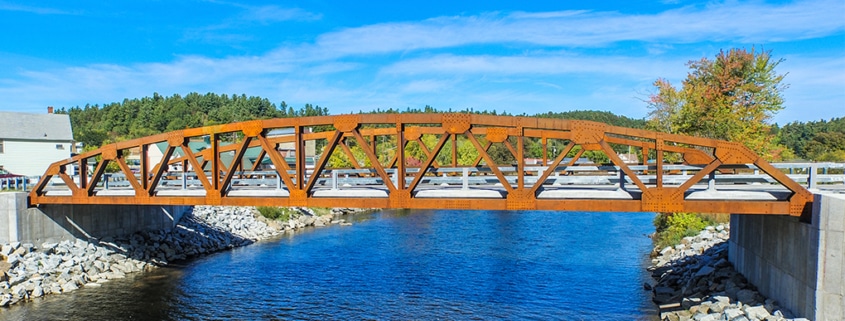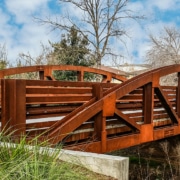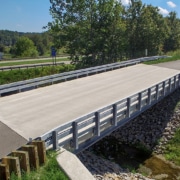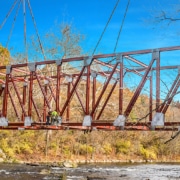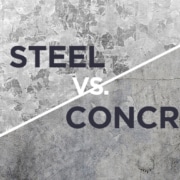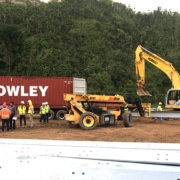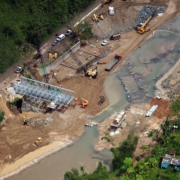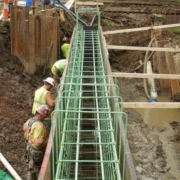How it Works: Engineering Bridges To Handle Stress
Bridges are often seen as immovable structures, but in truth, they are quite dynamic. Bridges must be engineered to move with environmental stressors in order to avoid unnecessary wear and tear. Additionally, different load types, weather conditions, and traffic can all cause bridges to adjust at various times. In a way, a bridge is an engineering marvel. So, how does it work? Below are some of the key components of bridge engineering and how they handle stress.
Oh, Gravity!
Gravity has the most profound impact on a bridge. Gravity is a constant – no matter what the other conditions, gravity is always acting on a structure, trying to pull it down. Bridges are at an even more unfair advantage against gravity since they span open spaces. For instance, a building, like a skyscraper, is also affected by gravity, but the ground the building is built on pushes back, creating an equilibrium of sorts. Bridges have no ground beneath them to act as a counterbalance to gravity. However, bridge failures are rare, thank goodness! So, how do designers go about engineering bridges to compensate for this gravitational pull?
Compression and tension are carefully balanced by channeling the bridge’s load onto the abutments (the supports on either end of the bridge) and the piers (the supports underneath the bridge).
Other Factors When Engineering Bridges
While gravity may be the most consistent force acting on a bridge, there are a handful of other elements that have a significant impact.
Loads – Bridge loads change often from vehicle to vehicle. Even a bridge specifically designed for one type of job, i.e. a train bridge, will find its load varying often. Different trains and their cargo weigh different amounts. Hence, it is imperative to engineer bridges that can adapt to these loads by flexing and bending and then returning to their normal state once the load passes.
Weather – Weather can wreck havoc on most structures, and bridges are no exception. Earthquakes and hurricanes can greatly impact structural integrity, while tides and wind can cause twisting and swaying. However, water is the most worrisome factor, because its different states generate different results. As snow or rain, water can make a bridge surface slippery; but, as ice, water can get into the crevices of a bridge and expand, causing more issues once the ice melts.
All these elements must be taken into consideration when designing and constructing a bridge. Only true experts understand what it takes to build a robust, durable, and functional bridge.
Find Out More Today
To find out more about how we go about engineering bridges to meet various workloads and demands, please contact U.S. Bridge today. Our team of engineering experts have been building bridges for decades. U.S. Bridge can bring that level of expertise to your next project too.

